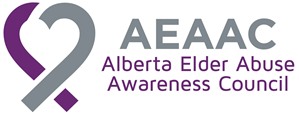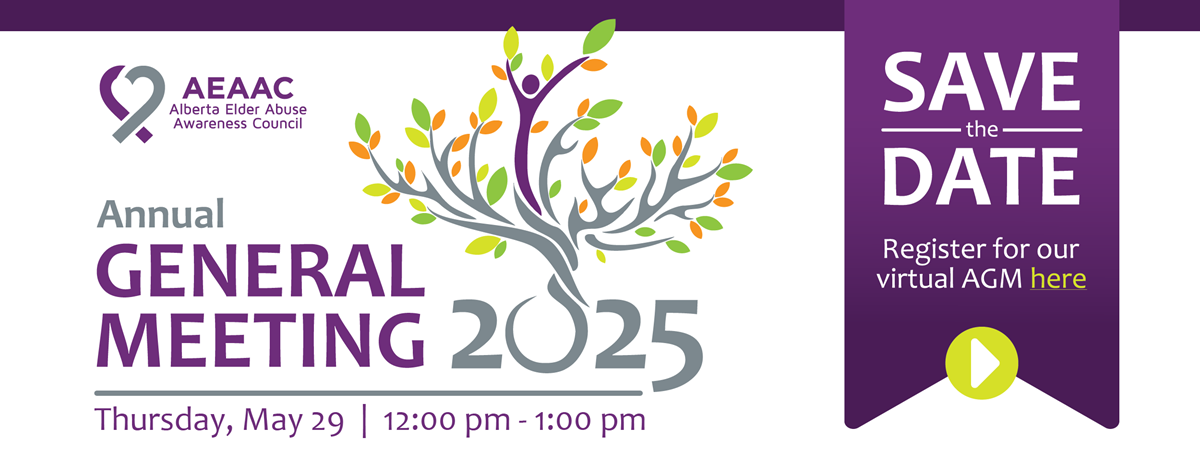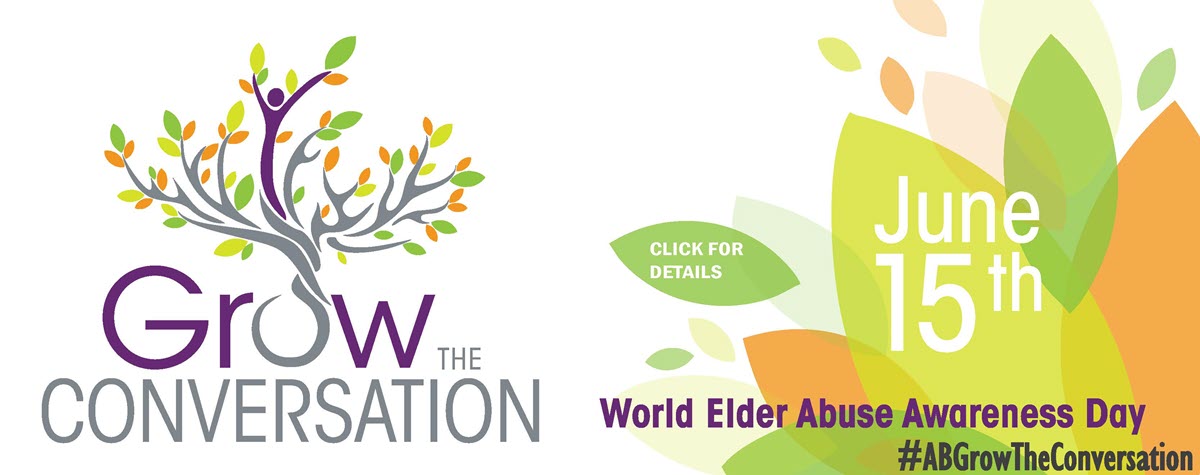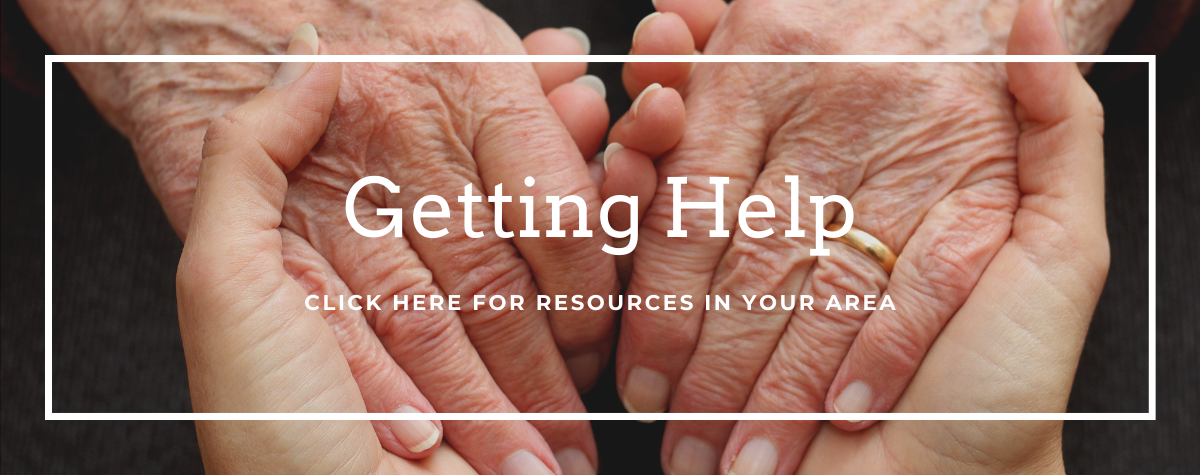World Elder Abuse Awareness Day, held June 15 each year, is an effort to raise awareness of the mistreatment of older adults. In Alberta, and across Canada, communities host activities and raising awareness to highlight the day. For a number of years, the Alberta Elder Abuse Awareness Council has collaborated with the Alberta Government to create materials that increase awareness and support a community response to elder abuse. Materials include an elder abuse poster as well as information on financial abuse of seniors, an elder abuse screening guide for service providers, a guide with information about options for financial and personal decision-making; and a fact sheet on elder abuse available in seven different languages.
World Elder Abuse Awareness Day was established in 2006 by the International Network for Elder Abuse.
Isolation puts older adults at an increased risk of elder abuse. Wear Purple on June 15th.
By the year 2036, between 23- 25% of our population will be 65 and older. While there is an increasing awareness about older adults’ health and wellness, as well as programs to support this awareness, social isolation continues to be an issue for older adults in our communities. The National Senior’s Council of Canada defines social isolation as a low quantity and quality of contact with others. Social isolation can occur among older adults that live alone, or have no friends or family nearby. It can occur when a person moves to a new area, or has little social involvement. A change in a person’s health can affect their ability to connect in meaningful ways. Chronic illness, mental health issues, dementia, and mobility issues can all lead to social isolation. Older adults can be more at risk for social isolation if they have limited assistance with activities such as meal planning, shopping and transportation. Additional factors, including lower income, visible minorities and language barriers may increase this risk further. The level of connection that someone has demonstrates how socially isolated that person is. Social isolation among older adults is related to negative health effects and a reduced quality of life, and in addition, social isolation can also be a risk factor for elder abuse. Older adults experiencing social isolation have an increased chance of premature death, poor mental health, disability from chronic diseases, and depression.
Loneliness, a feeling often seen as connected to isolation, is in fact, not always related. It is important to note, that while loneliness may be felt by older adults experiencing social isolation, they are not the same. Loneliness is a subjective emotion, felt by people regardless of their circumstances; social isolation is an objective state. People around the older adult, including family, support services, and caregivers can measure the supports an older adult has, or more importantly, doesn’t have.
According to a 2006 study by Dr. Janice Keefe, over 30% of Canada’s older adults are at risk of social isolation, some of whom will experience elder abuse. Elder abuse is the action, or inaction of a person in a position of trust that causes harm to an older adult. This can include adult children, family members, friends, or caregivers. Controlling an older adult’s finances without their permission, forcing or withholding medication, and emotional and physical violence are all forms of elder abuse. Social isolation is considered both a risk factor for as well as a result of elder abuse, representing the complexity and importance of the social network around the health and well-being of older adults. Over time, someone experiencing abuse at the hands of a trusted helper may recede further into isolation as a result of the dynamics of abuse. Feelings of shame about what is happening to them may cause them to withdraw from social settings. Some people grow up believing that this abuse is normal, and even, acceptable. These conditions keep the victim of abuse silent, again, reinforcing the isolation that is a part of the cycle of abuse.
Elder abuse is not right and we can do something about it. On June 15th, World Elder Abuse Awareness Day, wear purple and talk about how we can include those who are isolated. Some ideas are regular phone calls to check-in; set up a visitation schedule amongst family and friends; offer to take the person shopping; offer transportation to medical or other appointments; invite to meet for coffee or other outings; offer assistance with the computer; offer to research community resources; drop off prepared meals/offer to prepare meals with them. Reducing isolation is a key factor for reducing the risk of elder abuse. Finding ways to eliminate isolation and help foster a community where people from all walks of life can contribute and engage with others in healthy ways is not only good for an individual’s health, but will help our communities thrive.
By Cortney Lohnes, Stop Abuse in Families (SAIF) Society











